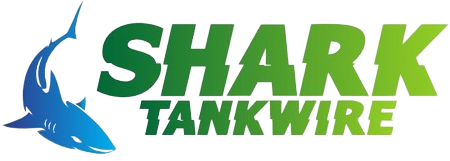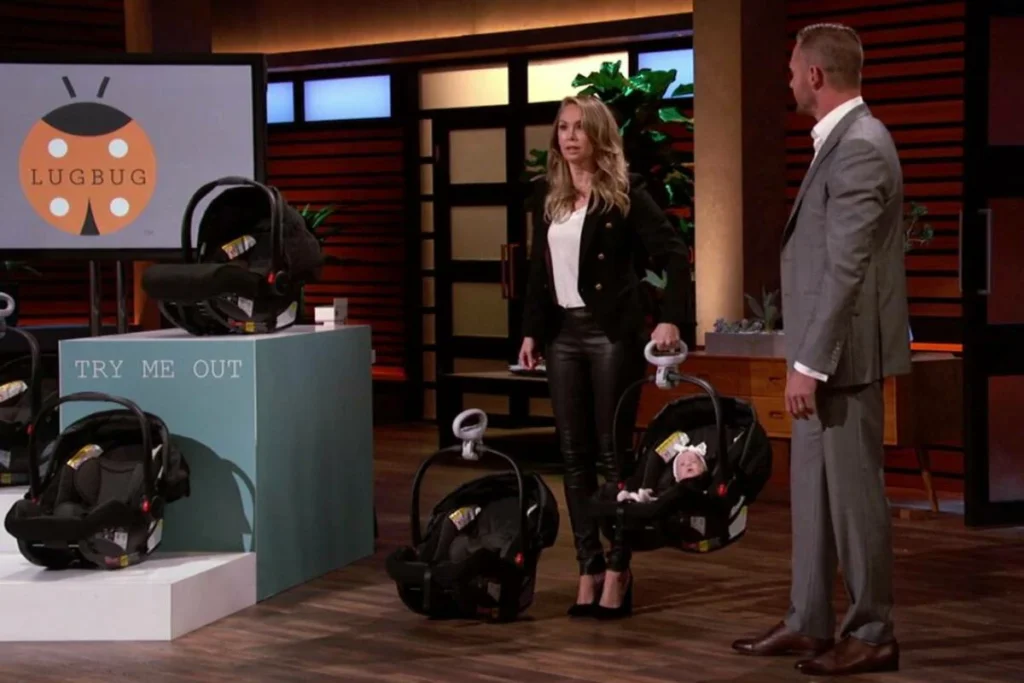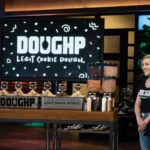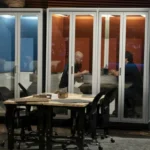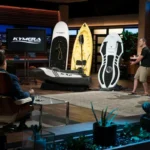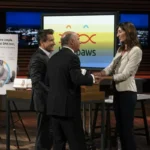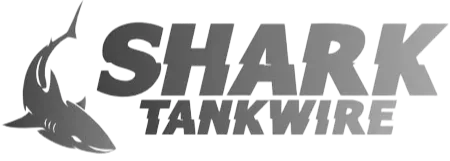What happened to LugBug after Shark Tank Season 10? LugBug, the baby car seat handle attachment, was featured on Shark Tank Season 10 but did not secure a deal. Unfortunately, the company is no longer in business.
Summary
- LugBug, a car seat handle attachment, appeared on Shark Tank Season 10 seeking $300,000 for 10% equity.
- Founder Nathan Day demonstrated the product, highlighting its ergonomic benefits.
- Despite initial interest, the sharks raised concerns about market demand and the founder’s previous investment.
- LugBug did not secure a deal and has since gone out of business.
LugBug CarSeat Handle Shark Tank Update | Shark Tank Season 10
LugBug, a seemingly simple solution to a common parenting problem, entered the Shark Tank in Season 10 with high hopes.
The product, a handle designed to make carrying infant car seats easier and more ergonomic, aimed to alleviate the strain and awkwardness parents often experience.
While the idea seemed promising, LugBug’s journey took an unexpected turn, highlighting the challenges faced by entrepreneurs even with a seemingly innovative product.
LugBug on Shark Tank
1. The Pitch
| Entrepreneurs | Nathan Day |
|---|---|
| Business | LugBug – Baby car seat carrier handles |
| Ask | $300,000 for 10% equity |
| Deal | No deal |
| Sharks | Lori Greiner, Kevin O’Leary, Robert Herjavec, Mark Cuban, Barbara Corcoran |
| Season – Episode | Season 10, Episode 2 |
| Original Air Date | October 14, 2018 |
| Website | LugBug |
| Key Points of Pitch |
|
| Why Sharks Declined |
|
Nathan Day, the inventor of LugBug, presented his product with enthusiasm, demonstrating its functionality and highlighting the common problem it addressed.
He even invited Robert Herjavec, a new father of twins at the time, to test the product with his wife and babies. However, the sharks quickly identified potential roadblocks.
2. The Sharks’ Concerns
The sharks expressed several concerns about LugBug. First, they questioned the market demand for the product. While many parents experience discomfort when carrying car seats, the sharks were unsure if this discomfort was significant enough to drive widespread adoption of LugBug.
Second, they were wary of the substantial personal investment Nathan had already made in the company, raising questions about the product’s viability and potential profitability.
Finally, the lack of interest from major retailers like Target and Walmart raised a red flag, signaling potential difficulties in securing distribution channels.
3. The Outcome
Despite a passionate pitch and a seemingly practical product, LugBug failed to secure a deal with any of the sharks.
Lori Greiner, who initially showed interest, suggested that Nathan pursue licensing the product to a car seat manufacturer.
However, she ultimately declined to invest, leaving Nathan without the financial backing and guidance he sought.
LugBug After Shark Tank
1. Company Status
Despite a promising start and a compelling pitch on Shark Tank, LugBug ultimately failed to achieve lasting success. The company is no longer in business.
Its website and online presence have vanished, leaving little trace of its existence beyond the Shark Tank episode.
This outcome, while unfortunate, is not uncommon for businesses featured on the show, highlighting the challenges of translating a good idea into a thriving enterprise.
2. Reasons for Failure
Several factors likely contributed to LugBug’s demise.
- Limited Market Demand: While the product addressed a genuine pain point for parents, the need may not have been widespread or urgent enough to create a large customer base. Many parents may have found existing methods of carrying car seats sufficient, or simply opted for lighter-weight carriers.
- High Production Costs: The sharks expressed concern over the high initial investment Nathan made in the company, much of which went towards manufacturing and patents. These high costs may have made it difficult to achieve profitability, especially with a limited market.
- Lack of Retail Partnerships: LugBug’s inability to secure distribution deals with major retailers like Target and Walmart likely hindered its growth. Without access to these wider markets, LugBug’s reach remained limited, primarily confined to online sales.
- Missed Opportunity for Licensing: Lori Greiner’s suggestion to license the technology to a car seat manufacturer could have been a viable path to success. However, this avenue was not pursued, potentially leaving a valuable opportunity unexplored.
LugBug’s story serves as a reminder that even with a innovative product and a compelling pitch, entrepreneurial success requires a combination of factors, including market demand, strategic planning, and effective execution.
Lessons Learned
LugBug’s journey, though ultimately ending in closure, offers valuable lessons for aspiring entrepreneurs:
- Validate Market Demand: Thorough market research is crucial to assess the viability of a product. Understanding the target audience, their needs, and their willingness to pay for a solution is essential before significant investment.
- Control Costs: Managing expenses, especially in the early stages of a business, is critical for long-term sustainability. Carefully evaluating manufacturing, marketing, and operational costs can help ensure profitability.
- Secure Distribution Channels: Establishing strong distribution channels is vital for reaching a wider audience and increasing sales. Building relationships with retailers or exploring online marketplaces can significantly impact a product’s reach.
- Consider Alternative Business Models: Licensing technology or partnering with established companies can be a viable alternative to building a standalone brand. Exploring different business models can open up new avenues for growth and success.
The Future of LugBug
While LugBug is no longer in operation, the need for ergonomic solutions in baby care persists. It’s possible that a similar product with a refined design, lower production costs, or a stronger market entry strategy could find success in the future.
Perhaps a larger baby gear company might even revisit LugBug’s patented technology and integrate it into their product line.
LugBug’s story, though marked by its closure, serves as a valuable case study for entrepreneurs, highlighting the importance of market validation, cost management, and strategic planning in navigating the challenging path to business success.
FAQs
Is LugBug still available for purchase?
Unfortunately, no. LugBug is no longer in business and its product is not available for purchase.
Why did LugBug fail after appearing on Shark Tank?
Several factors likely contributed to LugBug’s failure, including limited market demand, high production costs, lack of retail partnerships, and potentially a missed opportunity to license the technology.
Did any of the sharks invest in LugBug?
No, LugBug did not secure a deal with any of the sharks.
Are there any similar products to LugBug available?
While there may not be an exact replica of LugBug on the market, there are other products designed to make carrying infant car seats easier, such as shoulder straps and travel bags with wheels.
The Bottom Line
LugBug’s journey on Shark Tank and its subsequent closure offer valuable insights for entrepreneurs and inventors. While the product addressed a real need for some parents, it ultimately failed to gain traction in a competitive market.
The company’s story highlights the importance of thorough market research, cost management, securing distribution channels, and exploring alternative business models.
LugBug may be gone, but its legacy lives on as a reminder that even the most promising ideas require careful planning and execution to achieve lasting success.
